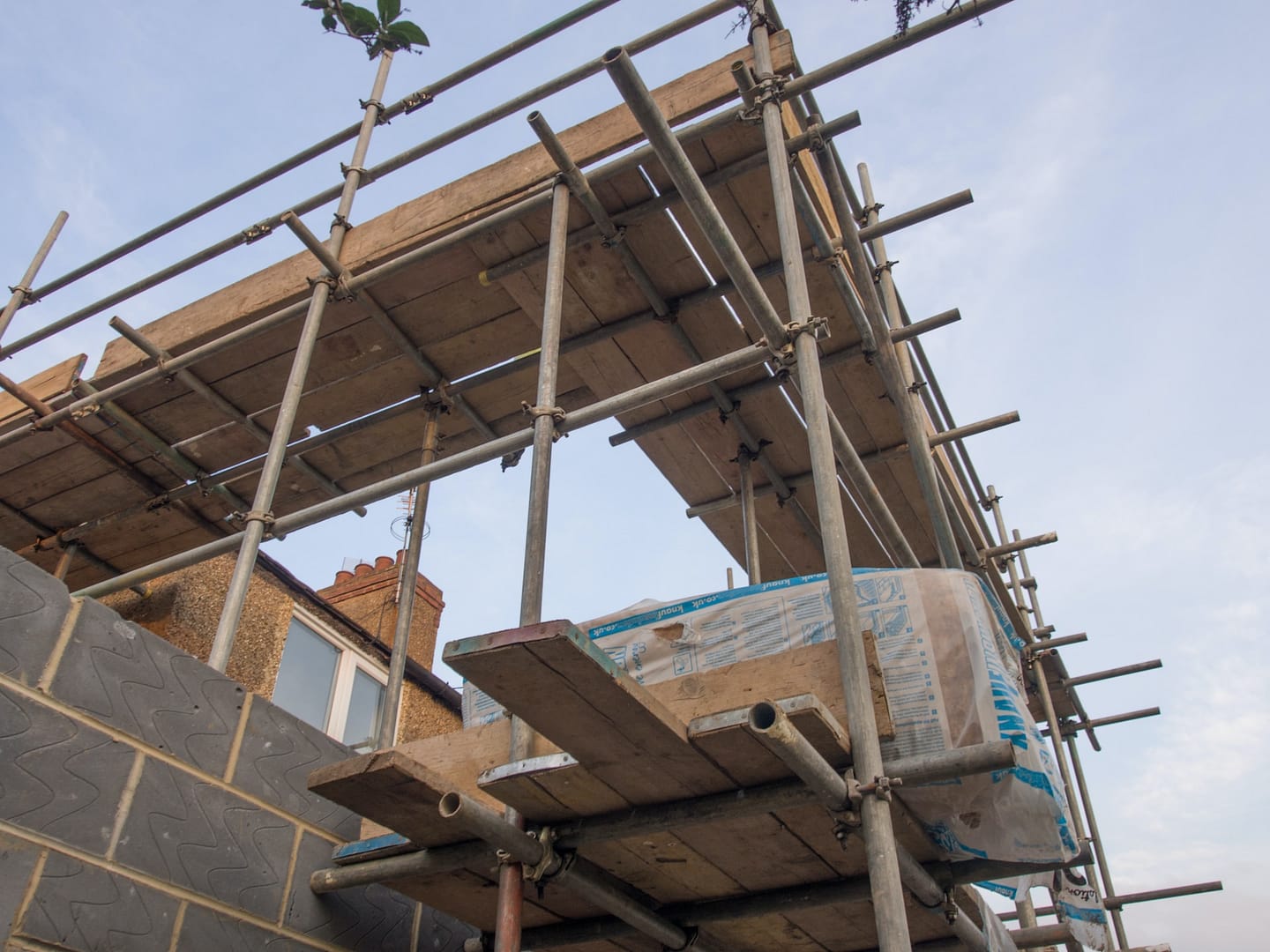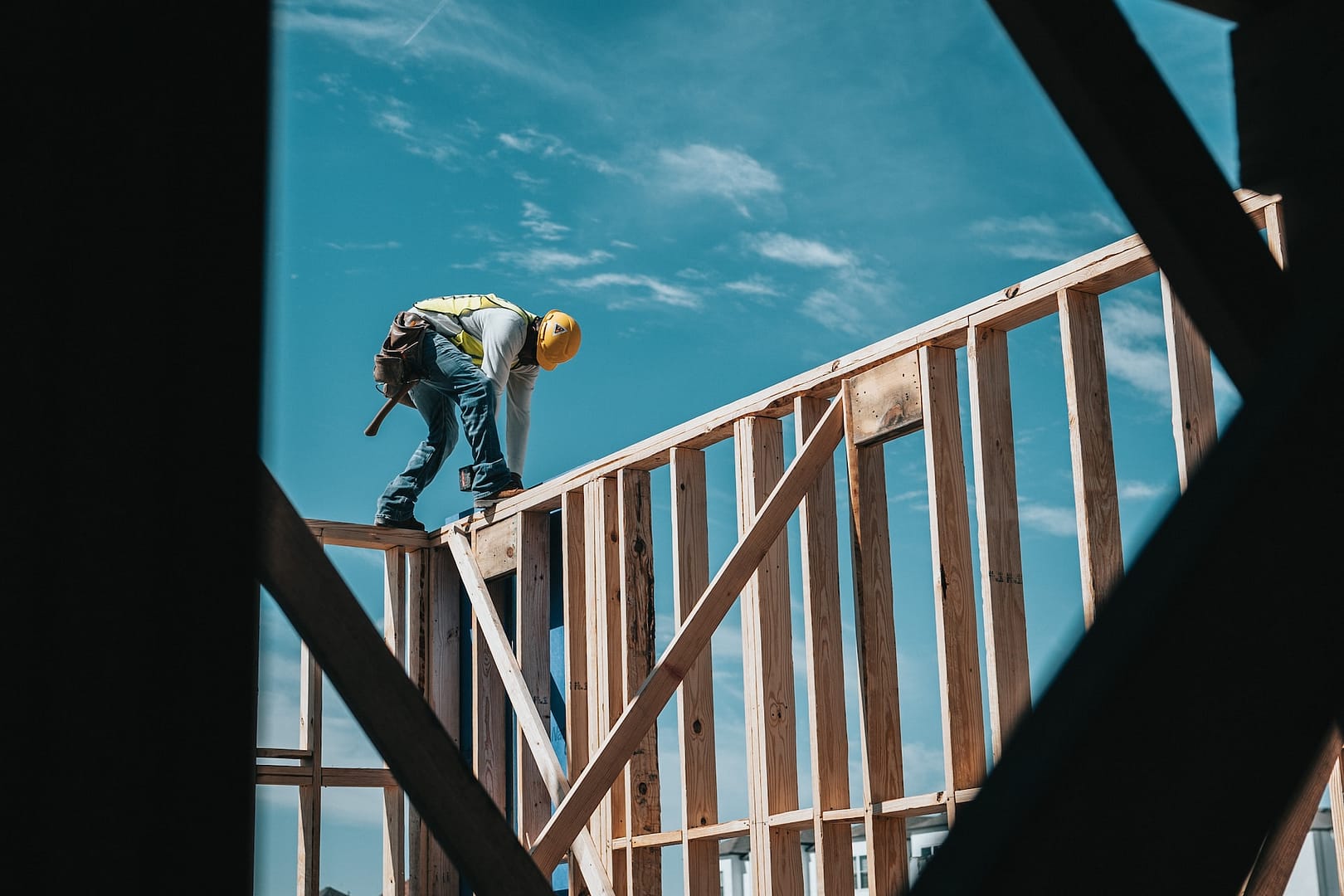Council housing has long been a cornerstone of affordable living in the United Kingdom, offering a roof over the heads of countless families and individuals. These properties are often seen as a beacon of hope, providing shelter to those in need. But lurking beneath the surface of these brick and mortar edifices is a concerning issue that demands our attention: the structural safety of council housing in the UK. Let us also highlight the best steps to take when making a housing disrepair claim with National Claims.
Unveiling the Safety Curtain
While council housing is meant to offer security and comfort to residents, the reality can be quite different. The structural safety of these properties has come under scrutiny, revealing a range of challenges that tenants and local authorities must contend with. To truly understand the gravity of the issue, it is crucial to delve into the depths of what structural safety means in the context of council housing.
What Are the Health and Safety Standards for Rented Homes?
The United Kingdom places a strong emphasis on ensuring that rented homes, including council housing, meet certain health and safety standards. These standards are designed to protect the well-being of tenants, ensuring that they live in properties that are safe and habitable.
One key document that lays the groundwork for these standards is the Housing Health and Safety Rating System (HHSRS). This system, established under the Housing Act 2004, provides a framework for assessing the condition of residential properties. It covers a wide range of potential hazards, from damp and mould to fire safety and structural issues.
The HHSRS categorises hazards as either Category 1 or Category 2, with Category 1 hazards being the most severe. These hazards are deemed to pose a serious risk to the health and safety of occupants. Council housing providers are legally obligated to address Category 1 hazards promptly.
What Is a Category 1 Hazard in Housing?
Category 1 hazards encompass a broad spectrum of potential dangers that can affect the structural safety of council housing. Some common examples include:
Structural Instability
This hazard covers issues such as subsidence, wall collapse, or a deteriorating roof. Structural instability can pose an immediate and significant threat to the safety of residents.
Electrical Hazards
Faulty wiring, exposed electrical components, or outdated electrical systems can all fall under Category 1 hazards. These issues can lead to electrical fires or electrocution.
Fire Safety
Council housing must adhere to stringent fire safety standards. Failure to do so can result in Category 1 hazards, especially if essential fire safety measures, like smoke alarms or fire doors, are missing or malfunctioning.
Gas Safety
Gas appliances, when not properly maintained or installed, can emit harmful gases such as carbon monoxide. Category 1 hazards may arise if gas safety measures are not up to par.
The Dark Reality: Neglected Structural Safety
While the standards are in place to protect tenants, the reality of structural safety in council housing is often less reassuring. A litany of issues, ranging from budget constraints to maintenance neglect, can compromise the safety of these dwellings.
Budget Constraints: The Silent Culprit
One of the fundamental challenges faced by local authorities responsible for council housing is budget constraints. Often, these properties are operated on a tight budget, leading to deferred maintenance and limited funds for necessary structural repairs.
As a result, many council housing units have aged ungracefully, with structural issues going unaddressed. Residents are left to endure crumbling walls, leaking roofs, and sagging ceilings, all while their safety hangs in the balance.
Neglected Maintenance: The Domino Effect
Neglected maintenance is the proverbial snowball that can lead to dire structural consequences. When minor issues are left unattended, they can escalate into major structural problems. Imagine a small leak in the roof that, if fixed promptly, would have prevented significant water damage. Such negligence not only endangers the lives of tenants but also places a heavier financial burden on local authorities when the issues finally demand attention.
The Human Toll: Living in Fear
For tenants of council housing in the UK, the structural safety issue isn’t merely an abstract concern—it’s a daily reality that impacts their lives in profound ways. Living in fear of structural collapse or hazards like fire and gas leaks takes a toll on the mental and emotional well-being of residents.
Imagine waking up each day with the nagging worry that your home might crumble around you, or that a faulty electrical system could spark a devastating fire. These concerns can lead to chronic stress, anxiety, and a sense of powerlessness among tenants who often feel unheard by local authorities.
Demanding Change: The Call for Accountability
As the structural safety of council housing in the UK continues to be a cause for concern, it is imperative that tenants and advocates demand accountability and change from local authorities and government bodies. Here are some key steps that can be taken to address this critical issue:
Increased Funding
Local authorities must allocate more funding to address the maintenance backlog and ensure that council housing is safe and habitable. Adequate funding is essential to preventing further deterioration of these properties.
Regular Inspections
Implementing regular structural inspections and maintenance schedules can help identify issues early, preventing them from becoming Category 1 hazards. Proactive maintenance is key to ensuring the safety of residents.
Tenant Empowerment
Empowering tenants with information and resources to report structural issues promptly is crucial. Local councils should establish user-friendly reporting systems and ensure that tenant concerns are heard and addressed in a timely manner.
Public Awareness
Raising public awareness about the structural safety of council housing is essential. Advocacy groups, community organisations, and concerned individuals can play a significant role in shining a spotlight on this issue and pressuring authorities to take action.
Making a Housing Disrepair Claim
When tenants find themselves living in council housing that has fallen into disrepair, they do have recourse through a housing disrepair claim. This legal process allows tenants to seek compensation for the substandard living conditions they have endured and, more importantly, compels local authorities to rectify the structural safety issues.
The Process of Filing a Housing Disrepair Claim
Filing a housing disrepair claim can be a complex process, but it is an essential step for tenants seeking justice and structural improvements in their council housing. Here’s an overview of the key steps involved:
Document the Disrepair
Before anything else, tenants should meticulously document all disrepair issues in their council housing. This includes taking photographs, keeping records of communication with the local council, and gathering any relevant evidence.
Report the Issues
Tenants must report the disrepair issues to their local council promptly. Most councils have dedicated departments for handling housing disrepair claims.
Seek Legal Guidance
It’s best to consult with us at National Claims, where we specialise in housing disrepair claims. Our claims specialists can assess the case, provide legal guidance throughout the claims process, and help determine whether the disrepair issues meet the criteria for a housing disrepair claim.
Compensation and Repairs
If the court rules in favour of the tenant, they may be awarded compensation for the inconvenience and distress caused by the disrepair. Additionally, the court can order the local council to carry out the necessary repairs to ensure the property is safe and habitable.

Conclusion
In the shadowy corners of council housing in the UK, the issue of structural safety lurks ominously, casting a pall over the lives of countless tenants. The stories of Sarah and James serve as poignant reminders of the very real challenges that residents face when living in properties that have been neglected and left to decay.
While the concept of council housing embodies the noble idea of providing affordable and secure homes for those in need, it is clear that the reality often falls short of this noble goal. The structural safety of these homes is compromised by budget constraints, deferred maintenance, and a lack of accountability.
However, there is hope on the horizon. Tenants, advocacy groups, and concerned citizens are joining forces to demand change. They call for increased funding, regular inspections, tenant empowerment, and public awareness to address this critical issue.
Additionally, for those living in substandard council housing, the option of filing a housing disrepair claim exists as a means of seeking justice and forcing the necessary structural improvements. This legal process empowers tenants to hold local authorities accountable for the conditions in which they live.
In conclusion, the structural safety of council housing in the UK should not remain in the shadows. It deserves our collective attention, action, and advocacy. Only by shedding light on this hidden crisis and demanding accountability can we ensure that council housing truly fulfils its mission of providing safe and secure homes for all.
Start your claim today by contacting us and being put in touch with one of our claims specialists.
Click below to see why we are one of the most trusted claims management companies in the UK.

We’re proud of our excellent customer reviews
We thrive on delivering exceptional service and ensuring our clients’ satisfaction. Don’t just take our word for it. Check out some of our independent reviews to see what our clients have to say.
Excellent

This firm is excellent, they sorted out my car pay out and injury claim very fast, they always communicate with you all the time.

My accident case was dealt with confidence and with great result of the outcome, especially James kept me informed all the time.

I was very impressed at the way my inquiry was treated. I was listened to attentively and everything I needed to know was explained to me.






